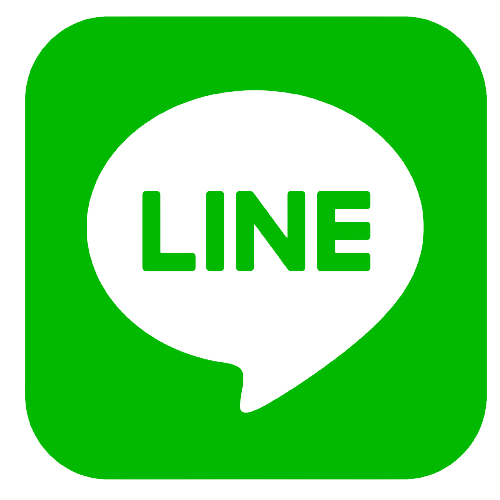Types of Automatic Valves in the Industrial Valve Industry: Advantages, Disadvantages and Applications
Types of Automatic Valves in the Industrial Valve Industry: Advantages, Disadvantages and Applications
Automatic valves play an important role in controlling and protecting industrial pipeline systems. Below is an article about common types of automatic valves: safety valves, pressure relief valves, electric control valves, pneumatic control valves, solenoid valves, overflow valves, alarm valves, breathing valves, and valves. emergency discharge. We will analyze the advantages, disadvantages and applications of each type of valve.
1. Safety Valve
Advantage:
• Automatically release pressure when pressure exceeds safe level.
• Protect the system from overvoltage, ensuring safety for equipment and operators.
Defect:
• Periodic inspection and maintenance are required.
• May cause noise when releasing pressure.
Application:
• Boiler system, compressed air system.
• Petroleum and chemical industry.
2. Pressure Reducing Valve
Advantage:
• Maintains stable outlet pressure, regardless of inlet pressure changes.
• Protect equipment from high pressure.
Defect:
• Requires periodic adjustment and maintenance.
• May be affected by dirt in the liquid.
Application:
• Water supply system, compressed air system.
• Food and beverage industry.
3. Electric Control Valve
Advantage:
• Precise control, easy integration with automation systems.
• Ability to make remote adjustments via central control system.
Defect:
• High investment costs.
• Requires constant power supply.
Application:
• HVAC system, water treatment system.
• Chemical and petroleum industry.
4. Pneumatic Control Valve
Advantage:
• Fast control, high durability.
• Safe in explosive environments because it does not use electricity.
Defect:
• Needs compressed air system support.
• High operating costs if no compressed air system is available.
Application:
• Petroleum and chemical industry.
• Water and wastewater treatment system.
5. Solenoid Valve
Advantage:
• Open/close quickly and accurately.
• Easy integration with automation systems.
Defect:
• Not suitable for large flows.
• Needs stable power source.
Application:
• Water treatment system, automatic irrigation system.
• Food and beverage industry.
6. Overflow Valve
Advantage:
• Automatically discharge when water level or pressure exceeds the allowable threshold.
• Protects the system from overflows.
Defect:
• Needs regular inspection and maintenance.
• May cause noise when operating.
Application:
• Tank system, wastewater treatment system.
• Food processing industry.
7. Alarm Valve
Advantage:
• Activate warnings when there is a problem in the system.
• Helps detect and fix problems promptly.
Defect:
• Requires complex sensor and control systems.
• False alarms may arise if not properly calibrated.
Application:
• Fire protection system.
• Chemical processing industry.
8. Breather Valve
Advantage:
• Adjust the pressure inside the tank, preventing the tank from exploding or collapsing.
• Protect the environment by controlling released gases.
Defect:
• Requires periodic maintenance.
• May not operate effectively in harsh weather conditions.
Application:
• Oil and chemical tank system.
• Food and beverage industry.
9. Emergency Relief Valve
Advantage:
• Quickly release pressure when there is a problem, protecting the system from overpressure.
• Operates automatically without human intervention.
Defect:
• Needs regular inspection and maintenance.
• May cause material loss during emergency discharge.
Application:
• Boiler system, compressed air system.
• Chemical and petroleum industry.
Conclude
Each type of automatic valve in the industry has its own advantages and disadvantages, suitable for specific applications in pipeline systems. Choosing the right valve type to suit the technical requirements and operating environment is important to ensure system performance and reliability. Businesses need to carefully consider these factors to choose and use automatic valves most effectively.
Contact Info:
• Phuc Minh Engineering Company Limited
• Email: info@pm-e.vn
• Tel: 028-3535.2125
• Fax: 028-3535.0254
• Web: pm-e.vn
• Address: 92/38 Street 12, Quarter 18, Binh Hung Hoa Ward, Binh Tan District, Ho Chi Minh City.
• Zalo: 0902720814 - 0907450506 - 0902800728 - 0979737351
Phuc Minh Engineering specializes in providing:
• OCV control valve
• Safety valve Nacional, Broady
• Pressure reducing valve VYC, Samyang
• Tozen electric control valve
• Tozen pneumatic control valve
• Yoshitake solenoid valve
• Weflo overflow valve
• Weflo alarm valve
• KSPC breathing valve
• KSPC emergency release valve
Use this article to better understand the types of automatic valves in the industry and choose the most suitable product for your system.
Related News
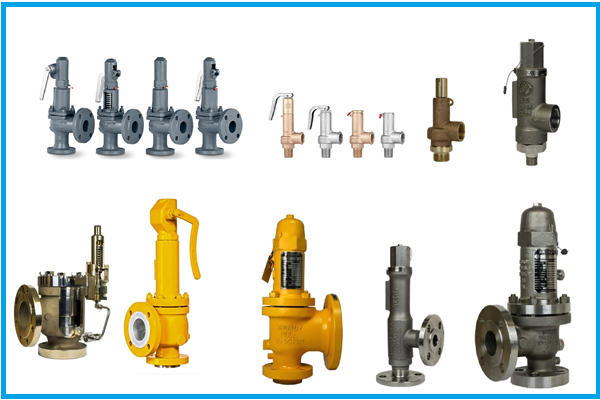
Benefits and uses of safety valves
05/11/2025
Safety valves are essential devices in industrial systems, designed to protect equipment and ensure operator safety. Below is a detailed analysis of the benefits and applications of safety valves.
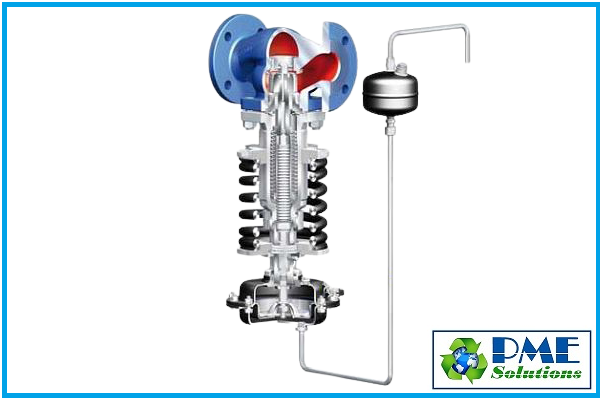
Benefits, Functions, and Applications of Pressure Reducing Valves
05/11/2025
Pressure reducing valves, also known as pressure regulating valves, are critical devices in industrial piping systems that help control and maintain safe pressure levels, protecting equipment from damage due to overpressure. Below is a detailed analysis of the benefits, functions, and applications of pressure reducing valves.
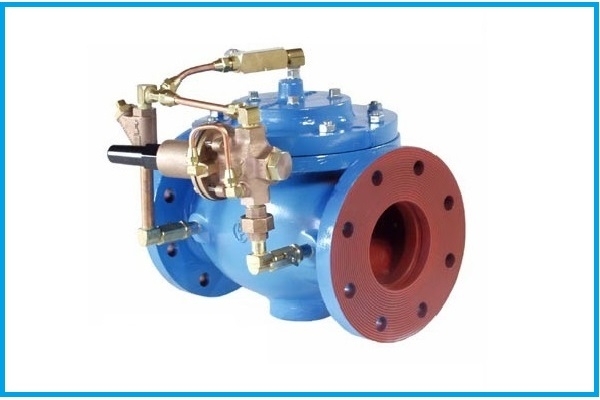
What is a pressure reducing valve? Structure, Operating Principle, Adjustment and Classification of Pressure Reducing Valves.
05/11/2025
Pressure Reducing Valve is also known as pressure regulator, pressure stabilizer, pressure regulating valve, etc. It is a type of industrial valve installed on the pipeline, with the function of reducing pressure and stabilizing output pressure, so that the output pressure is always smaller than the input pressure of the system, helping fluids to be easily transmitted to different devices. but the pressure is not too different.
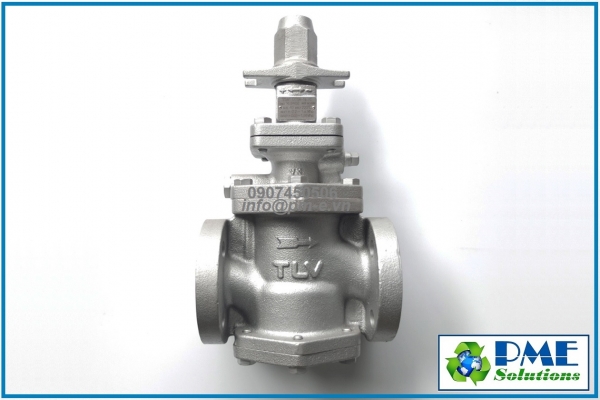
Overview Of Pressure Reducing Valve (Prv)
05/11/2025
A Pressure Reducing Valve (PRV) is a device used to regulate and maintain a constant downstream pressure by reducing high inlet pressure to a safe and stable level. It plays an essential role in protecting piping systems, equipment, and ensuring operational safety from overpressure. PRVs are widely applied in: Steam systems Compressed air systems Water distribution systems Hydraulic and industrial process systems
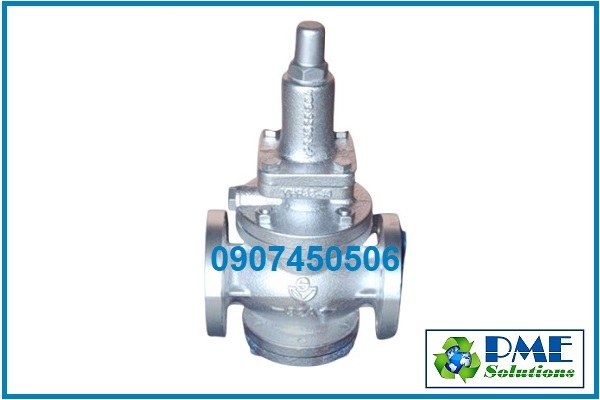
WORKING PRINCIPLE OF SAMYANG PRESSURE REDUCING VALVE
05/11/2025
Samyang pressure reducing valve is an automatic pressure control device widely used in steam, air, water, and hydraulic systems. Manufactured in Korea, Samyang valves are designed to stabilize outlet pressure, protect equipment, and extend the lifespan of piping systems.







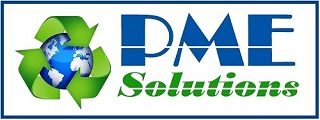

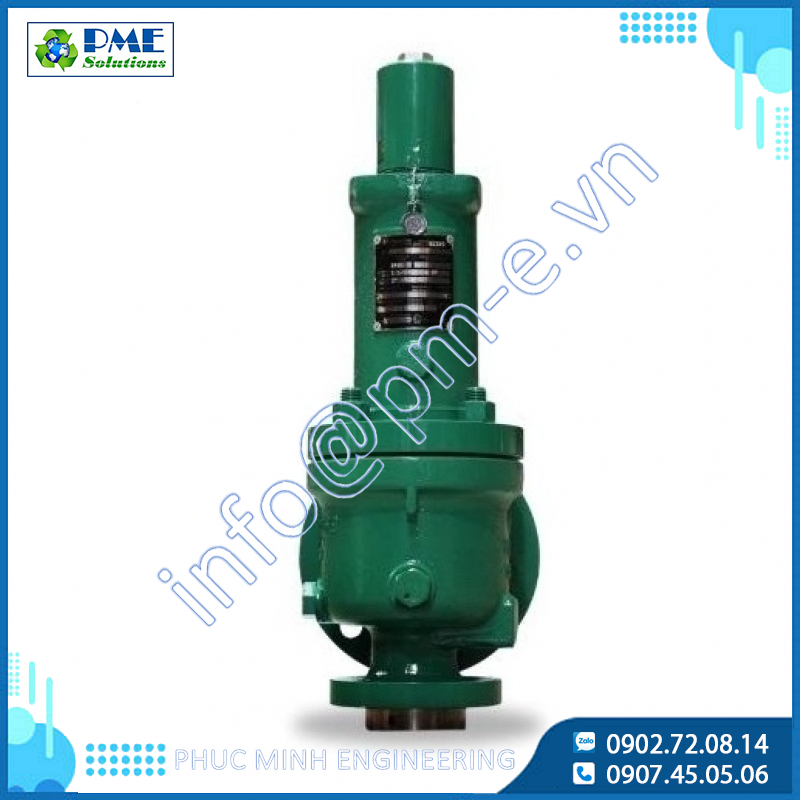
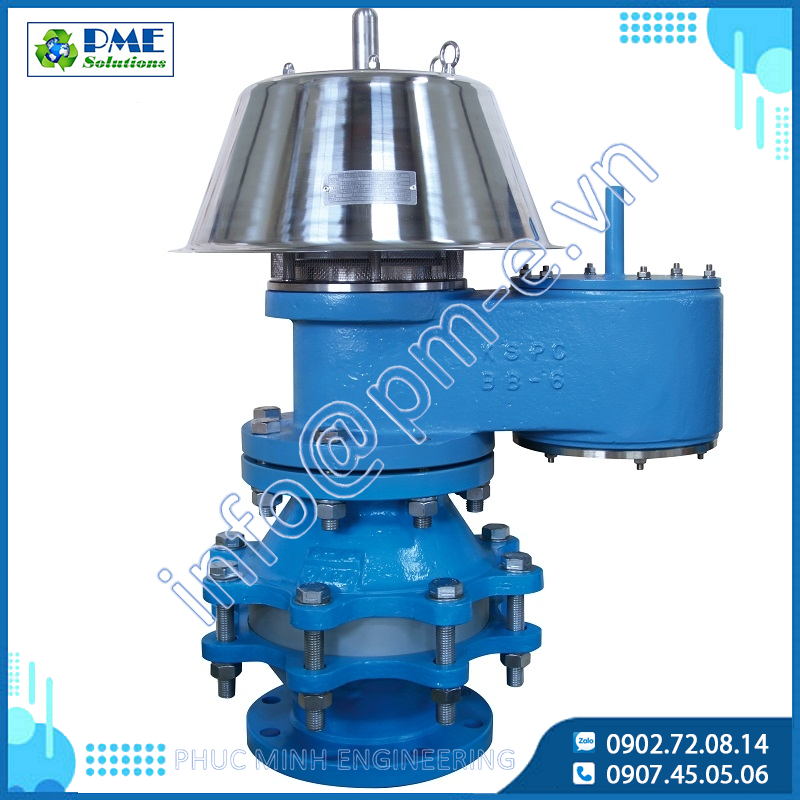
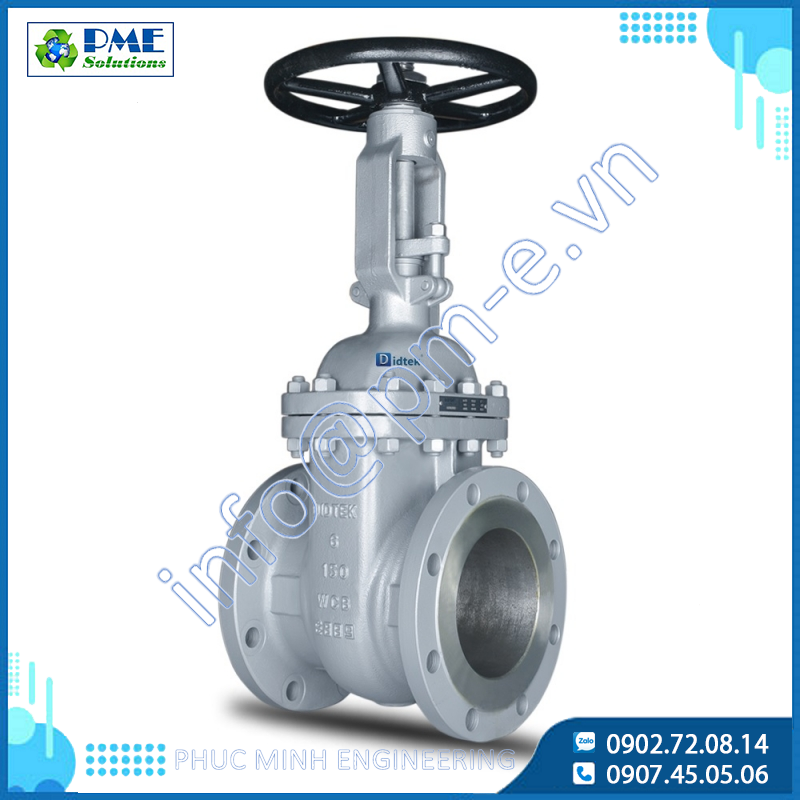
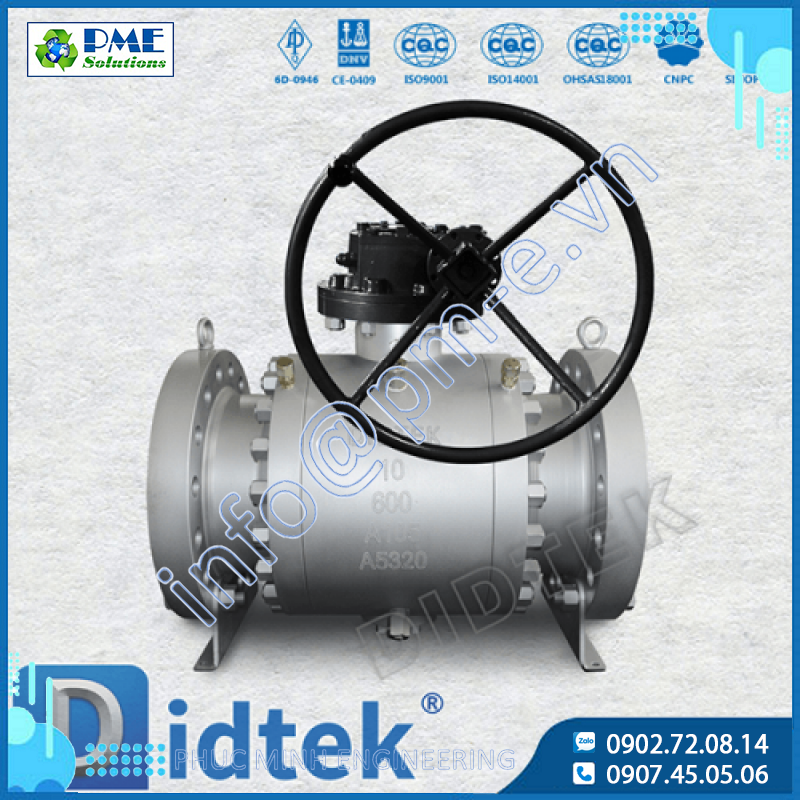
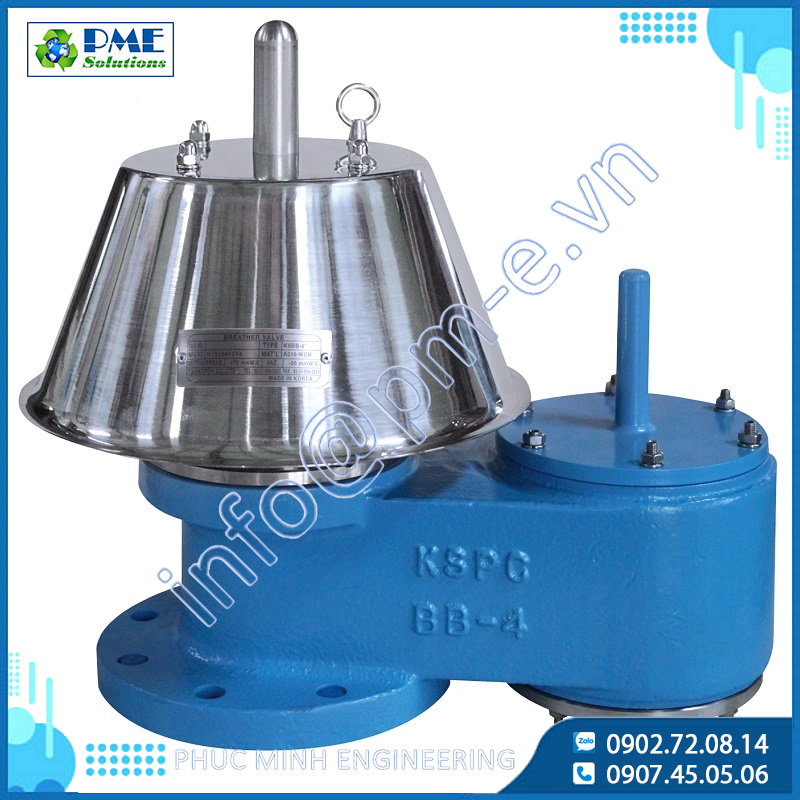
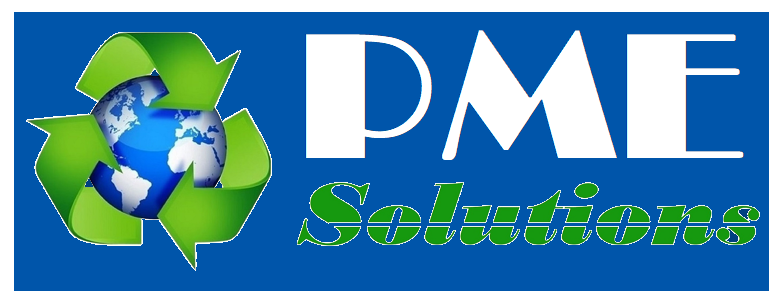

.png)





